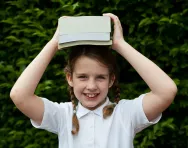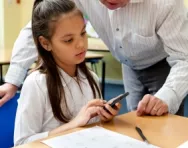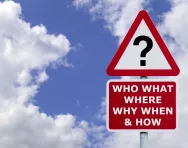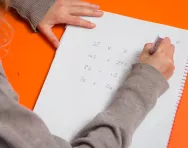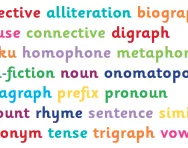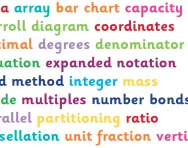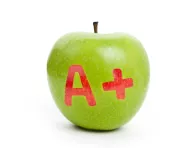Important update from TheSchoolRun
For the past 13 years, TheSchoolRun has been run by a small team of mums working from home, dedicated to providing quality educational resources to primary school parents. Unfortunately, rising supplier costs and falling revenue have made it impossible for us to continue operating, and we’ve had to make the difficult decision to close. The good news: We’ve arranged for another educational provider to take over many of our resources. These will be hosted on a new portal, where the content will be updated and expanded to support your child’s learning.
What this means for subscribers:
- Your subscription is still active, and for now, you can keep using the website as normal — just log in with your usual details to access all our articles and resources*.
- In a few months, all resources will move to the new portal. You’ll continue to have access there until your subscription ends. We’ll send you full details nearer the time.
- As a thank you for your support, we’ll also be sending you 16 primary school eBooks (worth £108.84) to download and keep.
A few changes to be aware of:
- The Learning Journey weekly email has ended, but your child’s plan will still be updated on your dashboard each Monday. Just log in to see the recommended worksheets.
- The 11+ weekly emails have now ended. We sent you all the remaining emails in the series at the end of March — please check your inbox (and spam folder) if you haven’t seen them. You can also follow the full programme here: 11+ Learning Journey.
If you have any questions, please contact us at [email protected]. Thank you for being part of our journey it’s been a privilege to support your family’s learning.
*If you need to reset your password, it will still work as usual. Please check your spam folder if the reset email doesn’t appear in your inbox.
What is a success criteria / WILF?

What is a success criteria / WILF?
A success criteria is a list of features that a teacher wants the children to include in their work during the course of a lesson. It is a really good way of making children aware of what is expected of them and can also encourage them to extend themselves during the course of the lesson.
Sometimes the success criteria is called the 'WILF' ('What I'm Looking For…'). This is a more child-friendly alternative!


Boost Your Child's Learning Today!
- Start your child on a tailored learning programme
- Get weekly English & maths resources sent direct to your inbox
- Keep your child's learning on track
Success criteria in literacy
Teachers will not use success criteria for every lesson and it is more commonly used in literacy lessons, especially when a child is doing a piece of writing, for example:
Learning objective: To write about Theseus' journey into the maze
Success criteria: Describe the maze using sight, sound, touch and smell. Use capitals and full stops in the right places
This may be written on the board at the start of the lesson; the teacher will then carry out a shared writing session where he or she will model how to include the senses in their description of the maze and alert children's attention to using capital letters and full stops.
It is important that the success criteria can be seen by children throughout the lesson (either left on the board or on printed pieces of paper which they have on their tables). Teachers may stop the children every fifteen minutes or so, to remind them about the success criteria and possibly ask them to look back in their work to check they have included these elements in their work.
Success criteria in numeracy
Success criteria can also be used in numeracy, if a teacher thinks they might help children tackle their work better, or if the children are required to set it out in a certain way.
Learning objective: To multiply using the grid method
Success criteria:
Draw a 3 x 3 grid
Partition the numbers and put them in the correct boxes
Multiply each number together
Add up the four numbers you are left with
In writing this success criteria, the teacher is giving step-by-step instructions on how to carry out the grid method. Obviously, the children will need to have this demonstrated to them a few times and one of these demonstrations will need to be left on the board in order for them to be able to do it.
Success criteria is an important tool in encouraging children to focus their learning and prompting them to think about the elements they are including.

